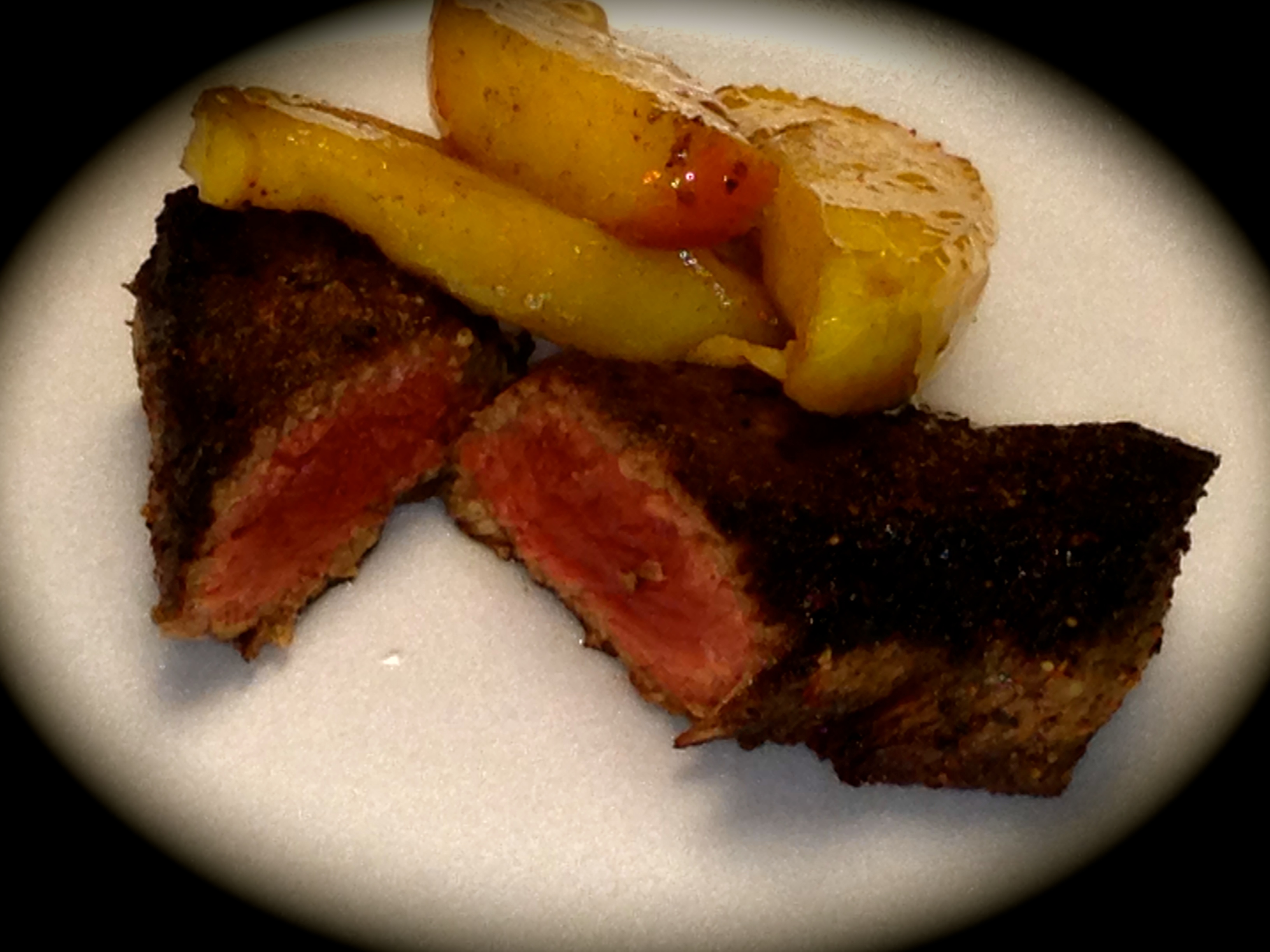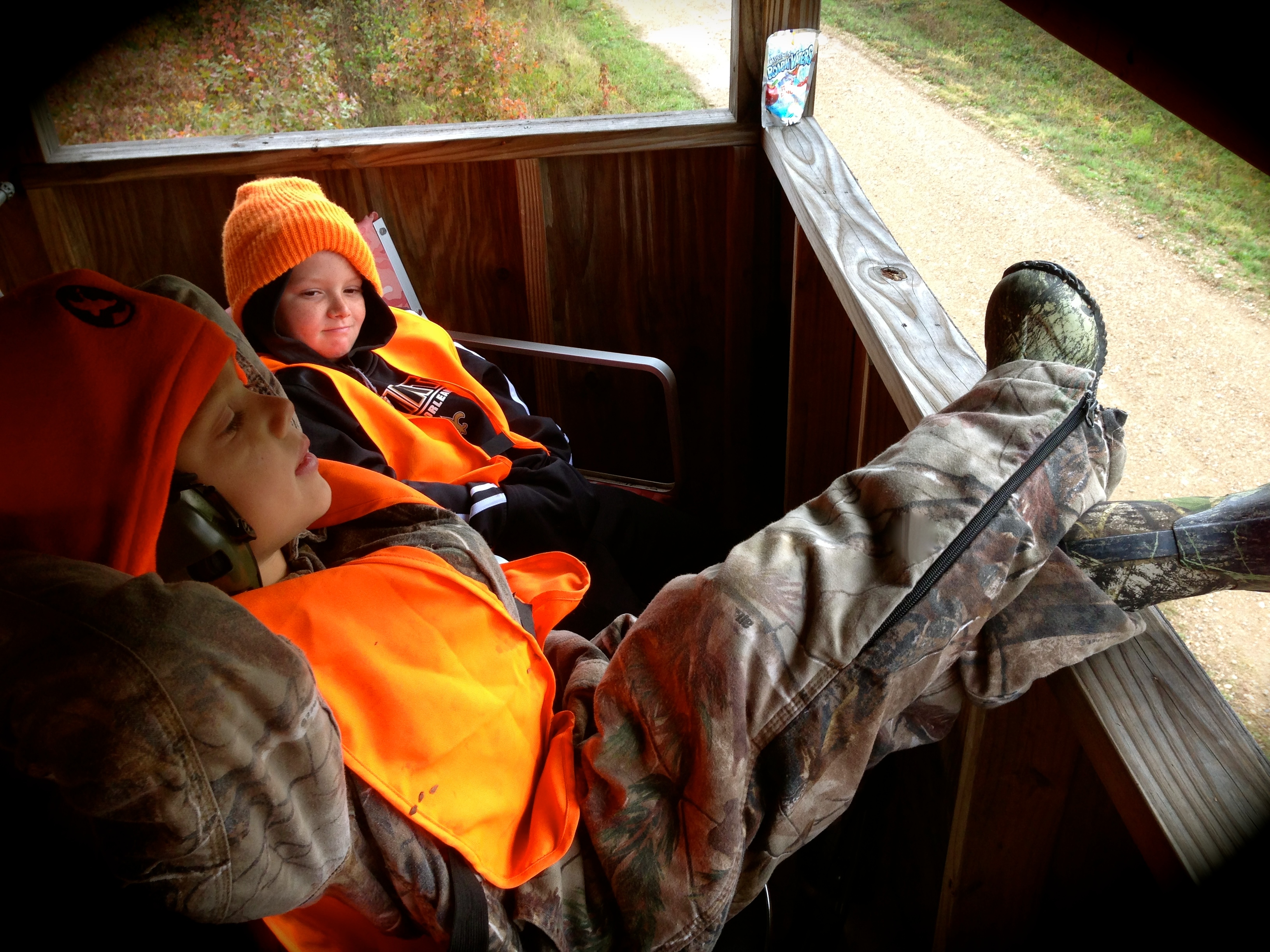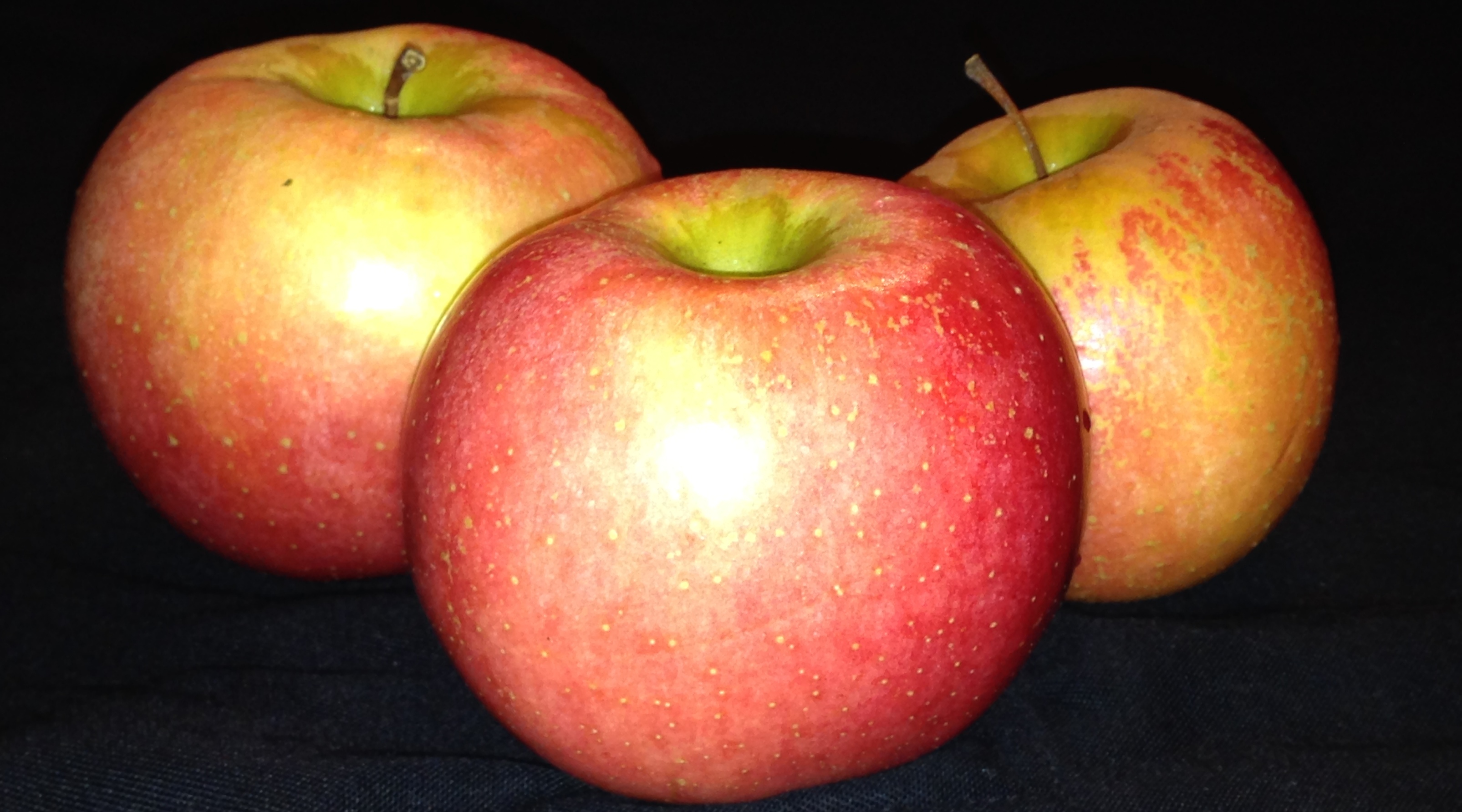As we prepare for our Thanksgiving feast —one of the most celebrated feasts of all time—let’s ponder a bit about its origin…
In grade school we learned that the Pilgrims and Wampanoag Indians celebrated the first Thanksgiving feast in 1621 in Plymouth Colony —and we had the construction-paper hats to prove it. No doubt, we understood the star of the feast was a big, abnormally- fat, turkey, and having stuffed themselves, the Pilgrims and Indians stretched out on buffalo-skin couches and watched a primitive form of football (high definition, I’m sure).
Those were the simple times. Everything was certain –maybe not true, but certain.
Today, nothing appears simple or the least bit certain. For instance, the Boar recently learned (meaning I rooted around on Google for a spell) that a small community of Texans (near El Paso) claims to have celebrated a Thanksgiving feast in 1598 —twenty three years earlier than the Pilgrims and Indians. The feast celebrated the survival of an expedition party, saved by the bountiful Rio Grande River. And of course, those Texans, insist their feast was bigger —so that’s how the Cowboys manage to snag the prime television slot on Thanksgiving Day, even in years when, shall we say, they don’t bring their game.
But what about the feast? Surely, it involved turkey? Brace yourself, the first Thanksgiving most likely did not involve turkey —and that’s true whether you side with the Texans or not. Turkeys did not become the focus of the Thanksgiving feast until around the time President Lincoln declared Thanksgiving as a national holiday (if only modern presidents could focus on the important issues of the day —like declaring more feasting holidays!).
So what was served at these early feasts? The Pilgrim-Indian version appears to have been a pot-luck of sorts. The Wampanoag Indians brought a gift of five deer for the feast, and the English Pilgrims supplied wild fowl (most likely ducks and geese, and maybe, possibly a turkey or two —but word is all they could get were frozen and they didn’t have time to thaw). The Texans feasted on game and fish. So, whichever version is the true first Thanksgiving —game was the order of the day.
As it turns out, the Boar’s sons have a bit of Wampanoag (or at least spirit) in them, for they have gifted to the Boar six deer this season (wonder if the Wampanoags skinned and processed the deer before gifting? It’s tough on the Boar to watch Grandad skin that many deer).
Seared Venison Medallions
Embracing the history of Thanksgiving and this bountiful season (not to mention easing the burdens of the freezer), let’s discuss one of the Boar’s favorite venison feasts: Seared Venison Loin Medallions and Pan-Fried Apples
Venison loin is very lean and needs to be served rare —medium rare at most. Take a whole loin and slice it into medallions (approximately a half inch thick). Marinate the medallions for at least four hours in red wine, sliced onions, garlic cloves, and herbs (I typically use rosemary and thyme).
Remove the medallions from the marinade and allow them to dry and reach room temperature. Meanwhile, heat an iron skillet with enough oil (olive, canola, or vegetable) to cover bottom of skillet until it is smoking hot—I typically use an outdoor camp stove or grill, otherwise, the house fills with smoke and the Boar’s wife gets smoking hot —another Champagne problem, my friend.
I like to generously (if you doubt this, just watch me sometime) season the medallions with kosher salt, black pepper, granulated garlic, and cayenne pepper. Then I sear the medallions about two minutes per side (rare to medium rare). Allow the medallions to rest for at least ten minutes before serving.
Pan-Fried Apples
Despite the fact that they have routinely been crammed into many of my brethren’s mouths, the Boar loves apples. I’ve been known to hike for miles in search of the perfect spot, with a view, to enhance my enjoyment of an apple. And rumor has it that one year when the Boar prepared a Thanksgiving feast at his brother’s apartment, leftover apples were found for months after. You get the picture.
To the point, apples pair nicely with venison and their seasons coincide. During the Fall, we have wonderful varieties of apples.
Recently, I was fortunate enough to enjoy some Fall Gala apples supplied by friends of the Boar’s parents. These particular apples were grown in the Maggie Valley, North Carolina area and purchased from a roadside produce stand named Ye Old Gray Mare —they sound delightful already!
Remember, the story is important. Which fried apples do you think feasters will find more appealing, “fresh Gala apples from Ye Old Gray Mare produce stand” or “the yellow ones on aisle three of the supermarket?”
To prepare the apples, I simply washed them and sliced them into thin wedges. Fresh lemon juice keeps them from turning brown (and the citrus summons the flavor).
In a separate iron skillet I melted a stick of butter. Once the butter began to sizzle and brown slightly, I added the apple wedges and sautéed them until they began to brown. To finish the apples, I added brown sugar and a dash or two of cinnamon (some of my feasters aren’t big fans).
You want to be careful not to overcook the apples. Cook them until they are just tender —not mushy.
Bring your game this Thanksgiving, my friend.




I like the picture of the ” hard at work hunters”.
Heyy! I came across this museum piece. Immediately thought of you 🙂 http://www.ebay.com/itm/141592693071 -Kelly